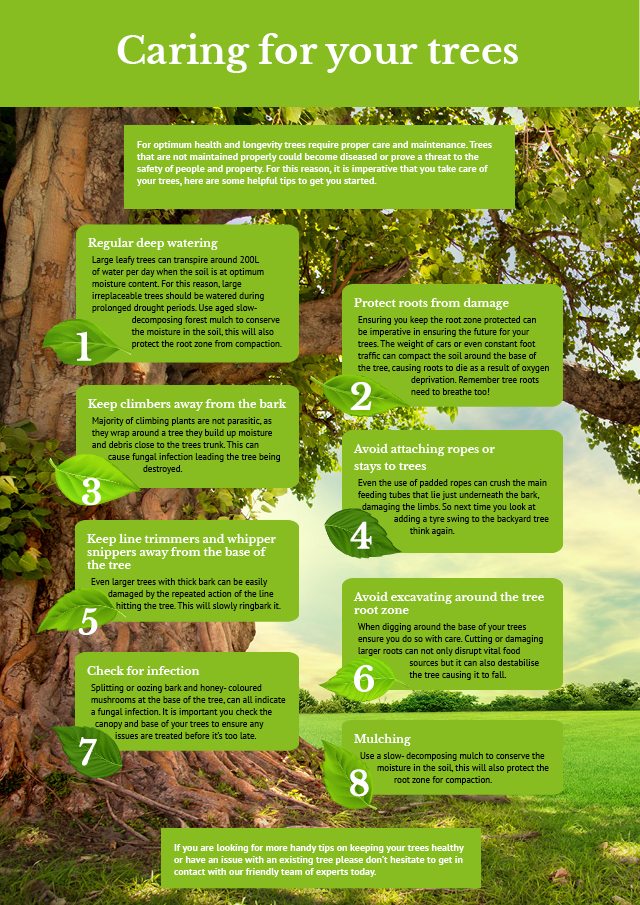The Impact Of Tree Removal On The Environment: Crucial Knowledge For Your Consideration
The Impact Of Tree Removal On The Environment: Crucial Knowledge For Your Consideration
Blog Article
Web Content By-Helms Walker
When it involves the ecological influence of tree removal, there are vital aspects that demand your interest. From the complex internet of relationships within communities to the succeeding results on climate patterns, the consequences are extensive. You may be shocked to find the intricate methods which the elimination of trees can reverberate throughout the setting. Keep tuned to untangle the detailed links and ramifications of this seemingly simple act.
Logging and Habitat Loss
Deforestation and environment loss are vital issues stemming from tree removal. When trees are lowered, it interferes with whole environments. Not only are the trees themselves lost, yet the homes and food sources of many plant and pet species are ruined also. Birds lose their nesting websites, creatures shed their sanctuary, and pests shed their habitats. The impacts surge with the food cycle, affecting predators and target alike.
Additionally, deforestation adds to climate adjustment. Trees play a vital role in soaking up carbon dioxide, a greenhouse gas that catches warm in the ambience. With fewer trees, there's less co2 absorption, leading to raised degrees of this gas in the environment and aggravating international warming.
Environment loss is a straight result of deforestation, as the destruction of woodlands indicates the loss of unique and diverse ecological communities. https://www.fool.com/millionacres/real-estate-market/home-renovations/save-money-and-boost-curb-appeal-year-round-landscaping/ are not able to adjust to quick adjustments in their setting, leading to population declines and, sometimes, termination.
Protecting forests is essential to keeping the fragile equilibrium of nature and making certain the survival of plenty of plant and animal types.
Impact on Biodiversity
The elimination of trees has a significant influence on biodiversity, impacting the range and wealth of plant and animal species in an area. Trees provide environment and food resources for many microorganisms, from pests to birds to creatures. When trees are gotten rid of, these varieties lose their homes and resources of nutrition, causing a decrease in their populaces. This disruption can have plunging results on the whole ecological community.
Moreover, trees play a vital duty in keeping biodiversity by creating microhabitats within their covers, trunks, and roots that sustain a wide range of species. When trees are reduced, these specialized environments are ruined, decreasing the overall diversity of the location.
Furthermore, the elimination of trees can lead to a reduction in genetic variety within plant populaces, as specific tree species might no more have the ability to duplicate or disperse properly. Securing trees and woodlands is necessary for preserving biodiversity and making sure the health and wellness of environments for future generations.
Dirt Disintegration and Environment Change
With trees being eliminated from a location, the disturbance of soil structure and security happens, leading to raised dirt disintegration. Trees play a vital function in stopping erosion by holding soil in position with their root systems. When trees are eliminated, especially in great deals, the soil comes to be more prone to disintegration from wind and water. This erosion not just affects the instant surroundings however can also bring about sedimentation in nearby water bodies, influencing water high quality and water communities.
Additionally, trees help manage the climate by soaking up carbon dioxide during photosynthesis. When trees are reduced, this all-natural carbon sink is diminished, adding to enhanced levels of greenhouse gases in the environment. This can worsen climate adjustment, resulting in more severe weather events and disruptions in communities worldwide.
For that reason, the removal of trees not only speeds up soil erosion yet likewise contributes in the bigger environmental problem of environment adjustment. It's crucial to consider these factors when evaluating the impacts of tree elimination on the environment.
Conclusion
Now that you know the ecological influence of tree elimination, think about the consequences before lowering trees. Deforestation disrupts communities, minimizes biodiversity, and adds to soil erosion and climate change. By being mindful of the impact of tree removal, you can help secure our setting and protect the fragile balance of nature. Make informed selections and take into consideration different remedies to lessen the adverse impacts on our planet.
